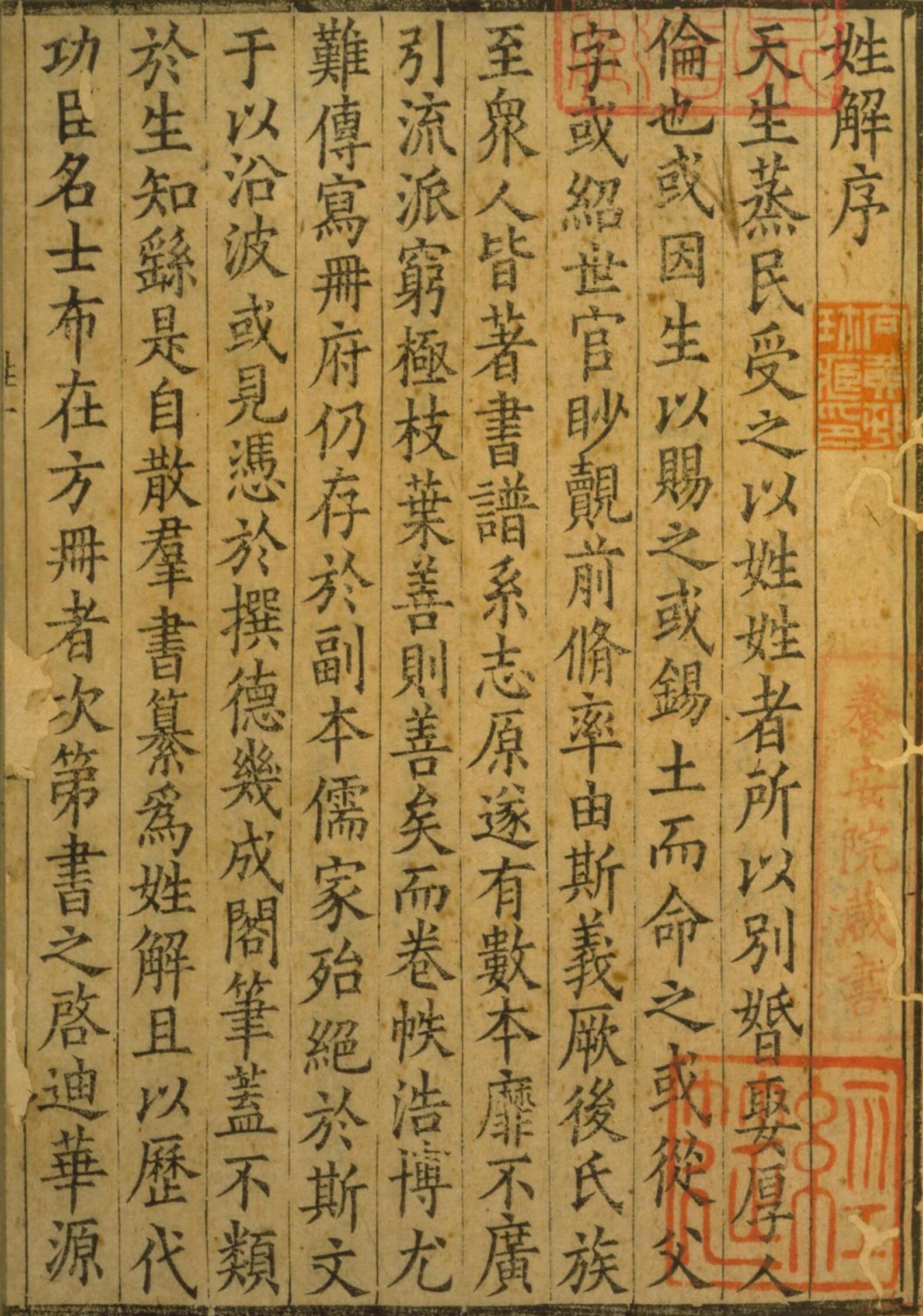Chinese characters
 characters used to write Vietnamese, as well as characters used to write Zhuang|fix=Help:Multilingual support (East Asian)}}
characters used to write Vietnamese, as well as characters used to write Zhuang|fix=Help:Multilingual support (East Asian)}}| tp = Hàn-zìh | gr = Hanntzyh | bpmf = | mi = | j = Hon3 zi6 | y = Hon jih | ci = | gan = | h = | poj = Hàn-jī | tl = Hàn-jī | teo = | buc = Háng-cê | mc = xanH dziH | wuu = | kanji = 漢字 | revhep = kanji | kunrei = kanzi | hanja = 漢字 | hangul = 한자 | rr = Hanja | mr = Hancha | qn = | chuhan = 漢字 | hn = | zha = sawgun | sd = 𭨡倱 }}
Chinese characters are logographs used to write the Chinese languages and others from regions historically influenced by Chinese culture. Chinese characters have a documented history spanning over three millennia, representing one of the four independent inventions of writing accepted by scholars; of these, they comprise the only writing system continuously used since its invention. Over time, the function, style, and means of writing characters have evolved greatly. Unlike letters in alphabets that reflect the sounds of speech, Chinese characters generally represent morphemes, the units of meaning in a language. Writing a language's entire vocabulary requires thousands of different characters. Characters are created according to several different principles, where aspects of both shape and pronunciation may be used to indicate the character's meaning.
The first attested characters are oracle bone inscriptions made during the 13th century BCE in what is now Anyang, Henan, as part of divinations conducted by the Shang dynasty royal house. Character forms were originally highly pictographic in style, but evolved over time as writing spread across China. Numerous attempts have been made to reform the script, including the promotion of small seal script by the Qin dynasty (221–206 BCE). Clerical script, which had matured by the early Han dynasty (202 BCE220 CE), abstracted the forms of characters—obscuring their pictographic origins in favour of making them easier to write. Following the Han, regular script emerged as the result of cursive influence on clerical script, and has been the primary style used for characters since. Informed by a long tradition of lexicography, states using Chinese characters have standardised their forms: broadly, simplified characters are used to write Chinese in mainland China, Singapore, and Malaysia, while traditional characters are used in Taiwan, Hong Kong, and Macau.
After being introduced in order to write Literary Chinese, characters were often adapted to write local languages spoken throughout the Sinosphere. In Japanese, Korean, and Vietnamese, Chinese characters are known as kanji, hanja, and respectively. Writing traditions also emerged for some of the other languages of China, like the sawndip script used to write the Zhuang languages of Guangxi. Each of these written vernaculars used existing characters to write the language's native vocabulary, as well as the loanwords it borrowed from Chinese. In addition, each invented characters for local use. In written Korean and Vietnamese, Chinese characters have largely been replaced with alphabets, leaving Japanese as the only major non-Chinese language still written using them.
At the most basic level, characters are composed of strokes that are written in a fixed order. Methods of writing characters have historically included being carved into stone, being inked with a brush onto silk, bamboo, or paper, and being printed using woodblocks and moveable type. Technologies invented since the 19th century allowing for wider use of characters include telegraph codes and typewriters, as well as input methods and text encodings on computers. Provided by Wikipedia